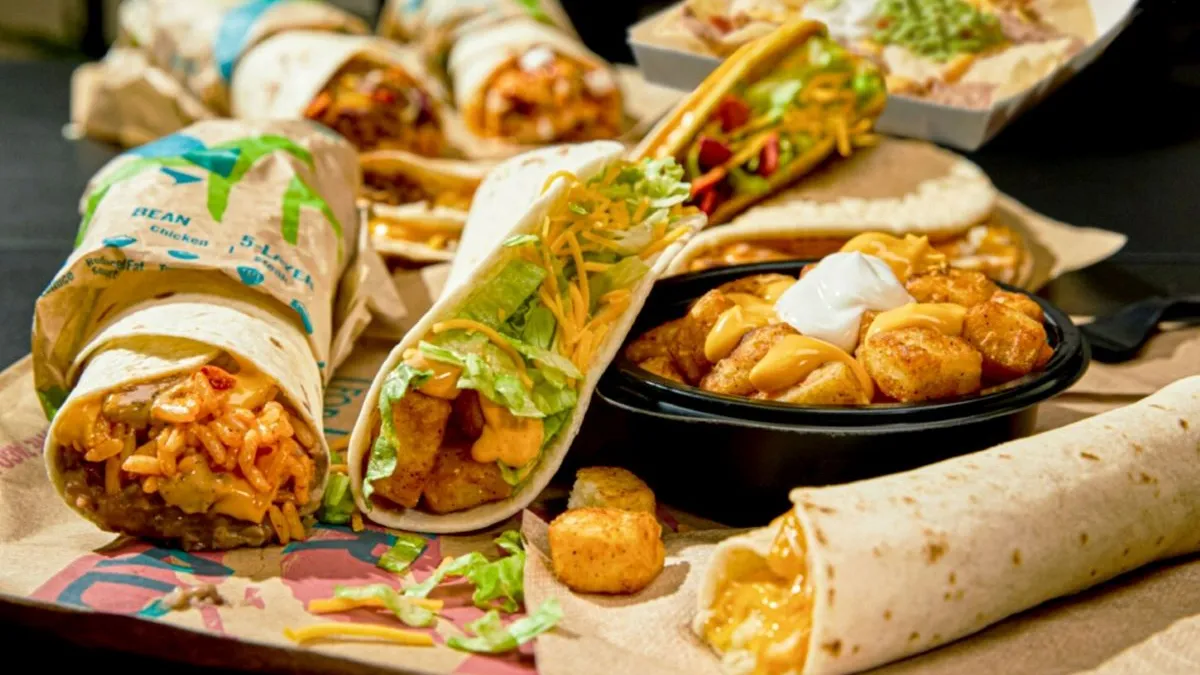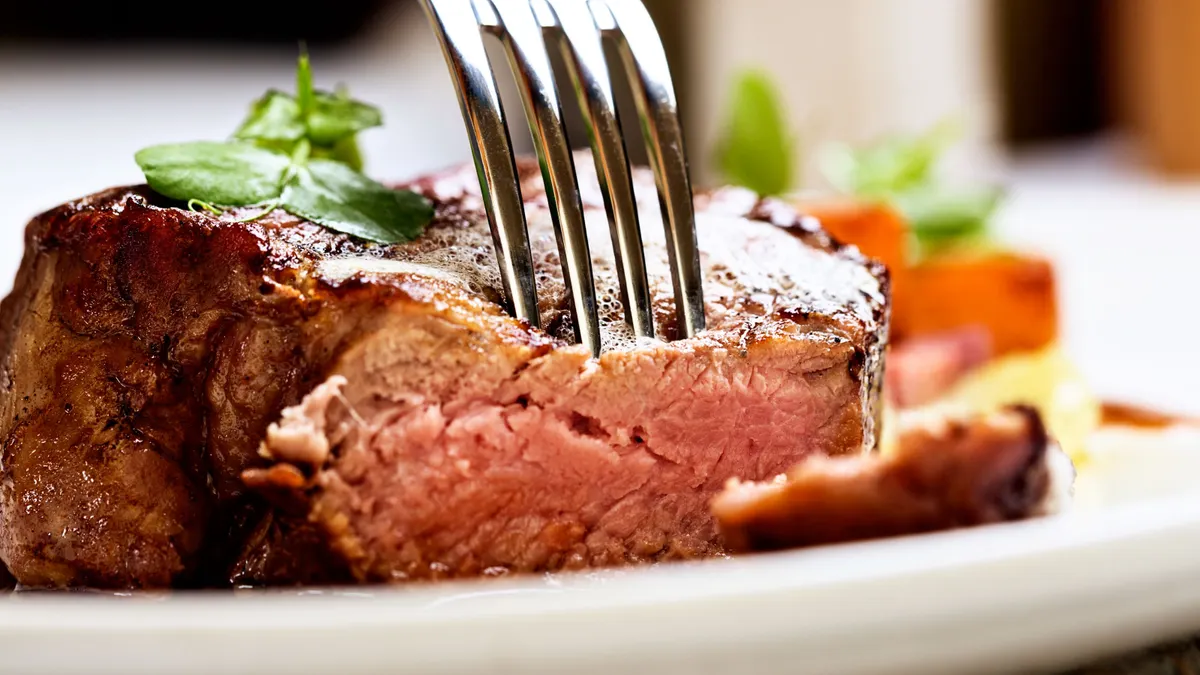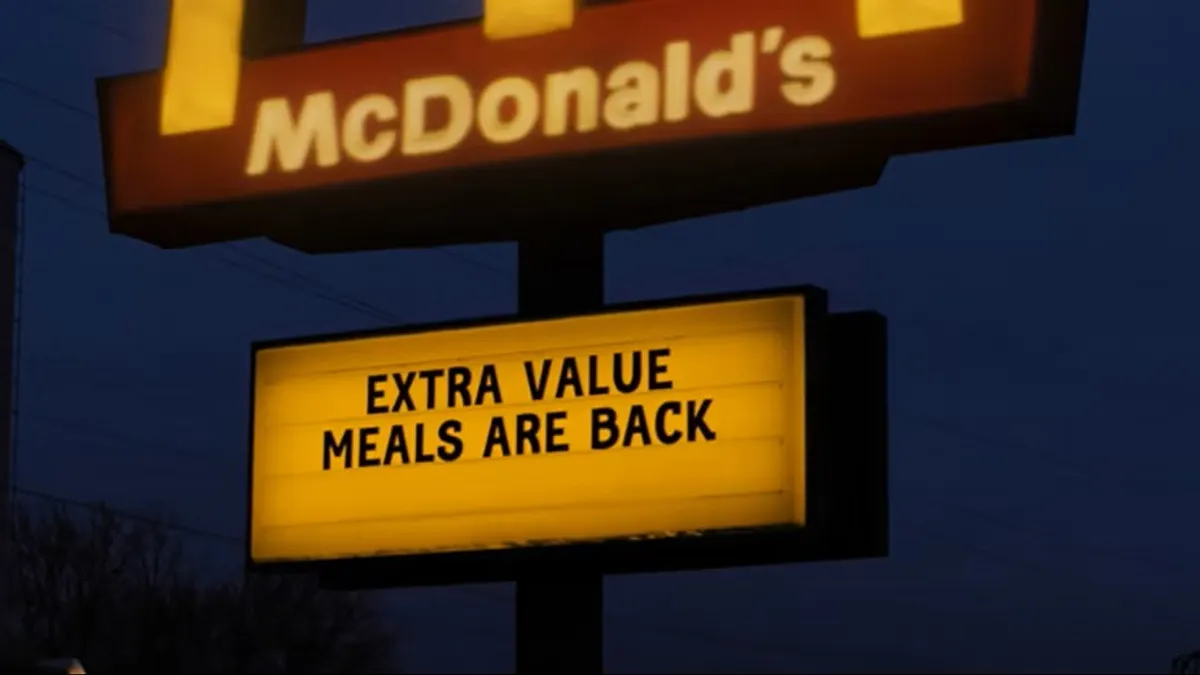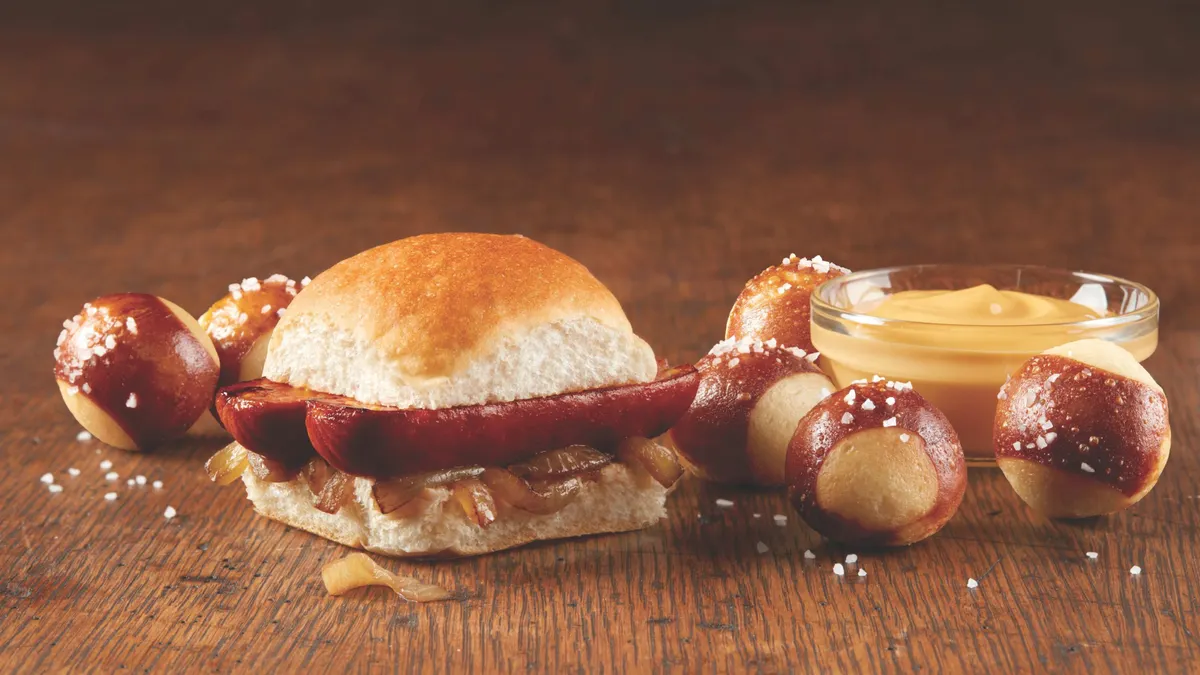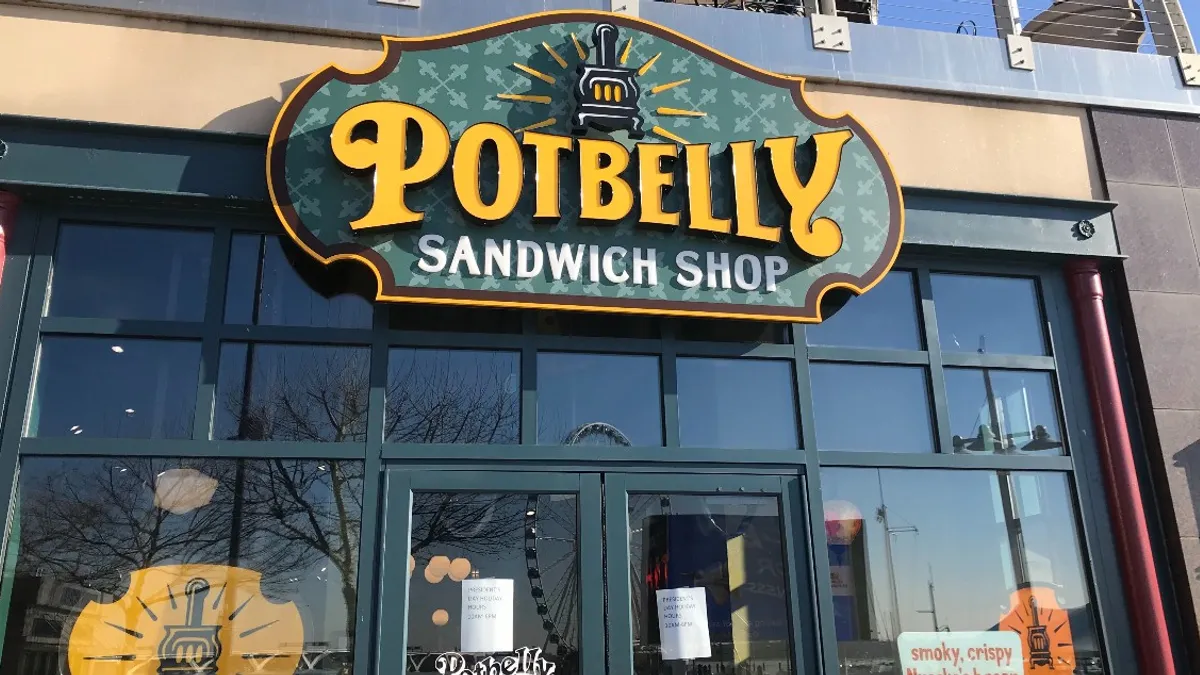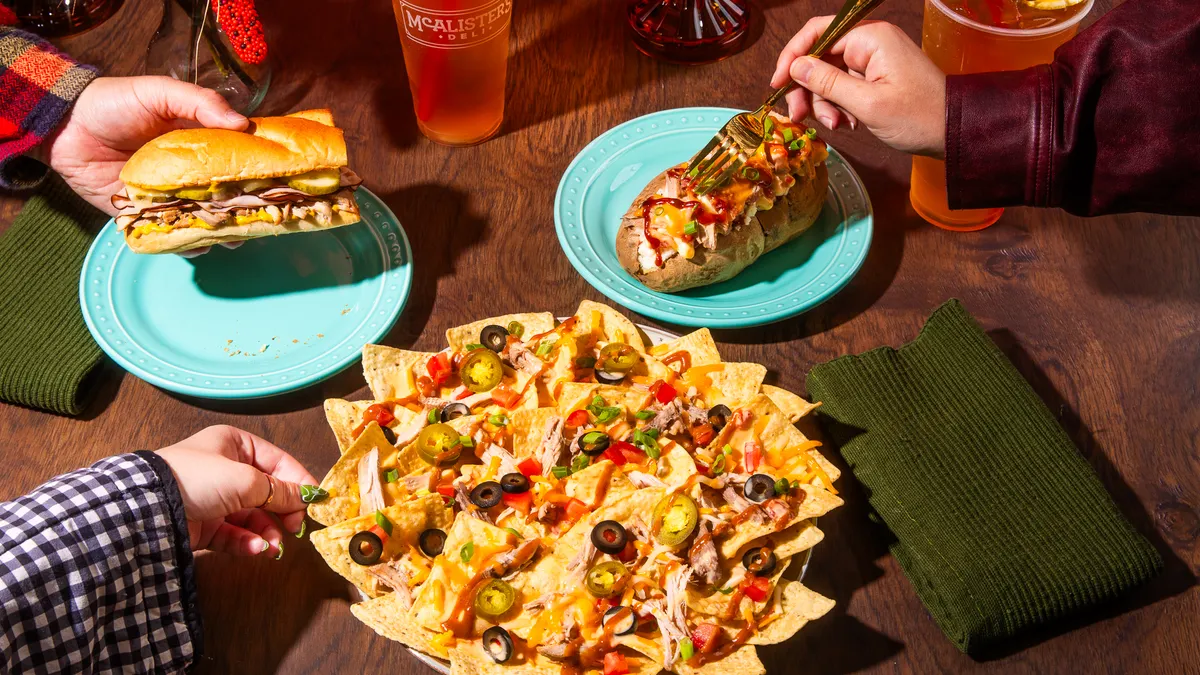After launching its Cravings Value Menu earlier this year, which offers 10 items priced at $3 or less, Taco Bell saw its same-store sales quickly improve. Consumers purchasing from the value menu tended to add other items, which helped drive the brand’s average check size up by about 10%, Yum! Brands’ CEO David Gibbs, said during its Q1 earnings call.
Taco Bell is just one among many quick service and limited service restaurant brands to offer value menus and meals to boost traffic and sales at their stores — a response to backlash from cash-strapped consumers who are increasingly considering their bank accounts when making food decisions following recent inflation, experts say. QSRs are innovating around value once again after many chains took low-budget meals off the menu amid pandemic challenges.
As pricing growth slows, it will be difficult for restaurants to drive sales without boosting traffic, which is why operators are turning to value offers, said David Portalatin, Ciranca’s senior vice president and industry advisor for food and foodservice, in an email.
So how can restaurants craft an effective value menu when just about everyone else is doing the same thing?
According to experts, creating the right value menu or meal promotion requires data-backed decisions and pricing that strikes a delicate balance of driving traffic without harming the brand and over committing on price cuts, experts say. It also requires a compelling marketing campaign that can utilize banners, staff and the internet.
So far, the strategy has worked for Taco Bell. Following its launch, nearly one-third of Taco Bell transactions contained an item off the Cravings Value Menu — 80% of which included two or more Cravings items, Gibbs said.
“Value pricing gives customers the confidence that they are getting the biggest bang for their buck without compromising taste and quality,” said Shannon Chirone, senior vice president of marketing at restaurant tech company HungerRush, in an email.
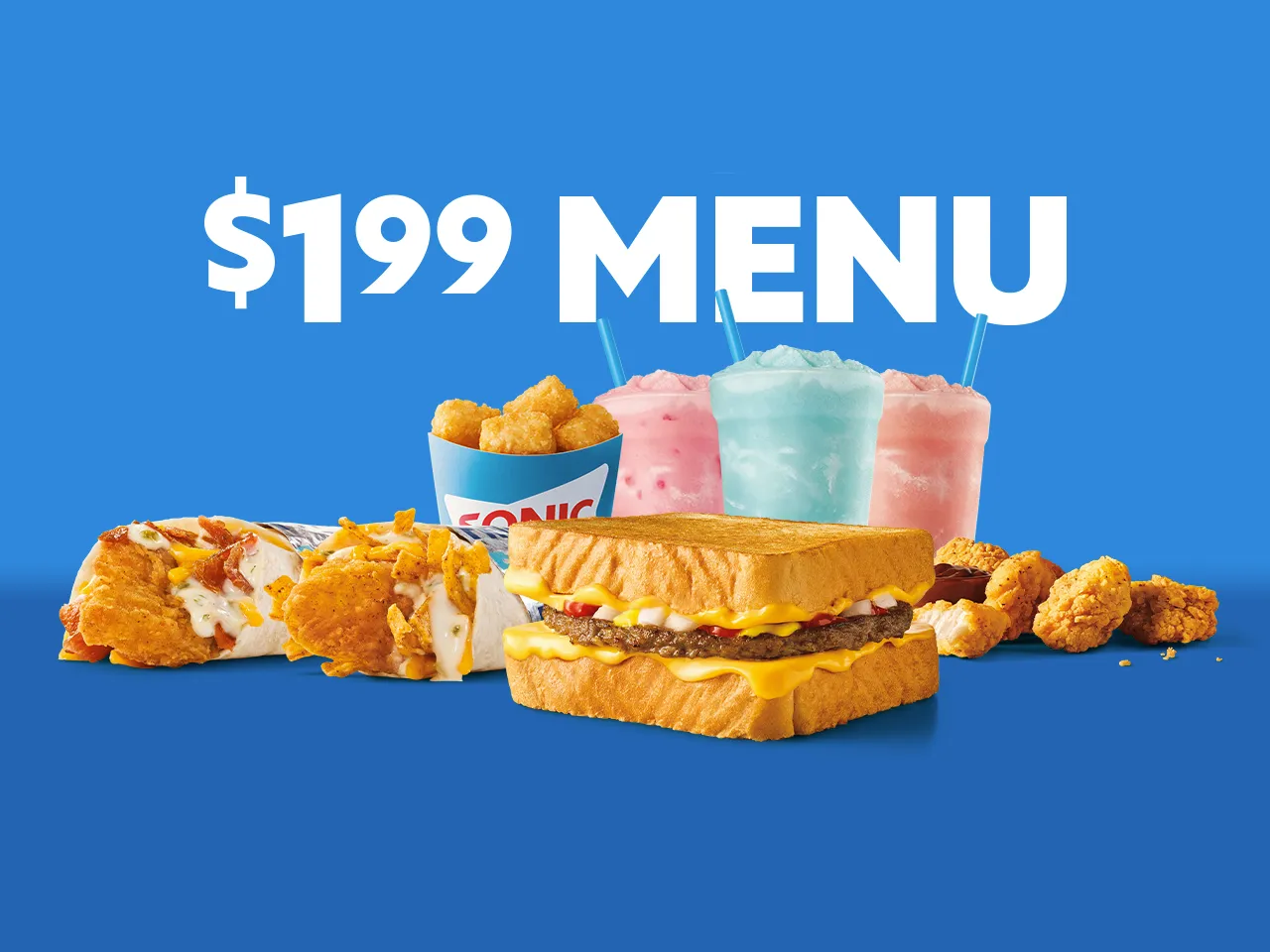
Crafting a value menu
McDonald’s also recently joined the fixed value meal trend, offering a double cheeseburger or chicken sandwich with four-piece chicken nuggets, small fries and a small drink for $5.
During the company’s Q1 investor call in April, McDonald’s CEO Chris Kempczinski said cost-conscious consumers looking for reliable everyday value amid inflationary pressures have caused QSR industry-wide traffic to fall flat or decline in the U.S.
As brands try to balance value menu pricing with the higher costs they are also dealing with, Michael Lukianoff, CEO of technology and consulting firm SignalFlare.ai, doesn’t expect many restaurants to go below $5 with their value meal deals.
Because operational and supply costs are at an all-time high, said Chirone, restaurants need to factor in profit margins when crafting a value menu by utilizing a point-of-sale system that tracks the number of items being ordered, the average cost and the waste of specific items.
Restaurants should also choose items for their value menu that don’t require much extra inventory, allowing them to avoid special orders for ingredients, said Chirone. They should also choose add-ons that don’t cost a lot of extra money, such as cheesy bread, cinnamon sticks, or a drink, she said, and avoid offering higher-end items.
Many operators today utilize “a barbell strategy,” said Portalatin. Operators include offers at a low price point that appeals to lower income customers, while also offering premium combos for more affluent consumers who want a good value but not necessarily at the absolute lowest price, he noted.
Most importantly, for a value meal or menu to become successful in the eyes of the consumer, it needs to have some “craveability,” Lukianoff said.
Finding the right price
Value pricing communicates a lot about a brand — an important point that restaurants should keep in mind when setting the price, said Lukianoff.
A certain amount of value pricing and discounting is expected and normal for QSRs, he said. But restaurants that have, or would like to be viewed as having, a premium product need to be careful about discounting, he said.
During the 2008 financial collapse, for instance, some higher end steakhouses started offering some discounting — a practice that may have backfired long term, said Lukianoff.
“They were trying to get traffic in but then they sort of devalued themselves to being perceived as a lower-end steakhouse after the dust settled,” he said.

Restaurants today also face a “tug of war” between getting traffic through their doors and managing increasing commodity prices, said Lukianoff.
Overhead price should be the biggest consideration for restaurants trying to find the ideal price for an item, Chirone said. “Items that are more cost effective to produce can be sold at a higher discount,” she noted.
When setting prices, restaurants need to have a good grasp of their menu data so they don’t drop the price of high-profit items or get rid of an item that’s a loss-leader but brings in guests who tend to bundle it with more expensive or profitable dishes, said Brendan Sweeney, CEO and co-founder of restaurant marketing firm Popmenu.
In the end, “when consumers are looking for the least expensive meal option, the home pantry wins every time,” said Portalatin. Quality, convenience and experience all factor into their decision to turn to a specific restaurant.
Marketing the value menu
Chili’s is leaning into the value meal trend with promotions such as its 3 for Me deal, which offers a beverage, starter and a main course starting at $10.99.
The chain recently launched an ad campaign to drive awareness and incremental traffic by showcasing the chain’s “unbeatable value,” said Kevin Hochman, CEO of parent company, Brinker International during an earnings call in May.
“We tap into that insight and use fast food as a foil to demonstrate Chili's superior value,” said Hochman.
Getting the word out to target customers is an important step when launching a value menu or promotion. There are a number of ways brands can accomplish this.
First, restaurants need to find a hook to their value menu: “Something sticky that will stay in their mind,” said Chirone. A pizza restaurant, for instance, could offer a “Pool Party Special” meal to attract people hosting pool parties for their kids over the summer, she said.
A strong digital presence is also essential, said Sweeney. People don’t get hungry or excited over a text description of a meal. That makes emails, social media posts, and text messages that utilize images critical components of a value pricing strategy, he said.
Digital apps and loyalty programs that offer coupons and rewards are also on the rise and becoming effective platforms for delivering value, said Portalatin.
Meanwhile, marketing for value menu items or bundles should be targeted to people who are most likely to be motivated by the discount, instead of offering one price point and being “really loud about it everywhere," said Lukianoff.
Restaurants that do launch an always-on value menu, like McDonald’s, need to make sure the deal is clearly displayed on the menu board, said Chirone. They also need to train their staff to mention the value menu or upsell single items into value meals, she said.
Restaurants can also get the word out by hanging in-store banners, creating coupons, buying local TV ads and placing digital ads on platforms like Yelp and Google, said Chirone. Smaller chains with limited budgets can start out with coupons and localized ads.
When advertising the deal, restaurants need to display the price, value, portion size and quality, said Chirone.
“The biggest key is to make the hungry customer’s decision easy,” she said.

